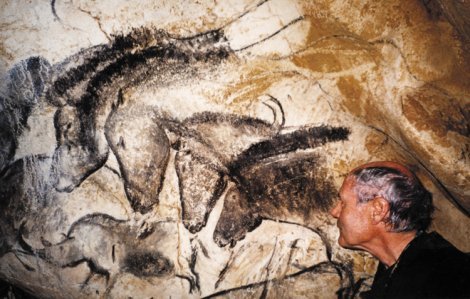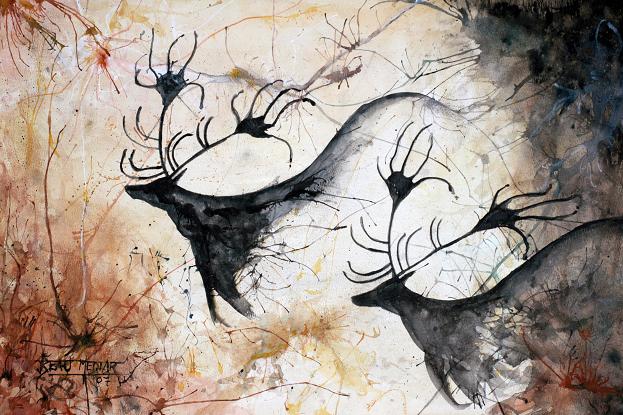
Cave with prehistoric drawings gets UNESCO’s attention
UNESCO, the cultural agency, granted, on Sunday, the prestigious World Heritage status to a prehistoric cave in southern France, called the Grotte Chauvet.
The cave’s walls are covered in over 1,000 of what are considered to be the the oldest known figurative drawings in the entire world.

Dating back some 36,000 years ago, the cave paintings portraying human hands, mammoths, wild cats, rhinos, bison, bears and dozens of other animals spread over 8,500 square meters of the cave walls.
As to whom the artists were, scientists believe they were the first human culture in Europe.

The cave was only discovered in 1994 but it instantly drew interest worldwide. However, because of the precious artwork it holds within, access to it was restricted to 200 researchers per year.
The drawings are incredibly well preserved because the cave was sealed off after a rock slide some 23,000 years ago.
‘Grotte Chauvet contains the earliest and best-preserved expressions of artistic creation of the Aurignacian people, which are also the earliest known figurative drawings in the world. The large number of over 1,000 drawings covering over 8,500 square meters (90,000 square feet), as well as their high artistic and aesthetic quality, make Grotte Chauvet an exceptional testimony of prehistoric cave art,’ explained a UNESCO representative.
Furthermore, the cave has yet to spill its secrets since there still are many unexplored remote parts that wait to be discovered.
Although access to the site is forbidden to the public, scientists are currently building a full-scale replica of the cave in its proximity and visitors can see it starting with 2015.















